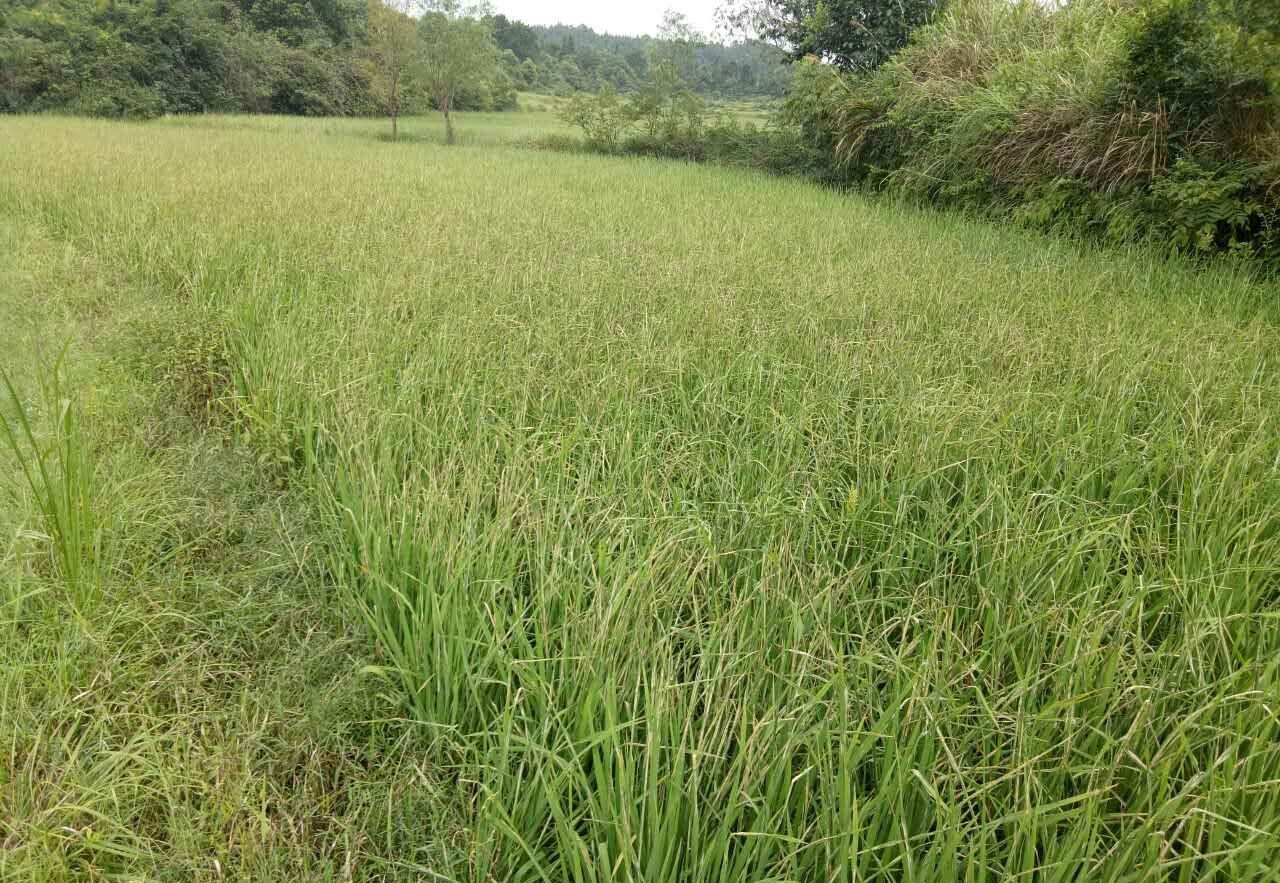Recently, many customers have responded that rice longitudinal leaf borer has moved into single-cropping rice fields, and some field grass seedlings have been rolled white, and it is expected that the amount of insect eggs in the field will continue to increase in the future.

Many customers react to the fact that they have added a drug with a shelf life, why can't they stop? Effective feeling without this concept, curly leaf borer moved over, your field is tender green, no matter if you have any medicine, just move your field!
Let's take a look:
1. Morphological characteristics
Adult: 7–9 mm long, pale yellowish brown, with two brown transverse lines on the forewings, 1 short line between the two lines, and dark brown bands on the outer edge; The hindwings have two horizontal lines and the outer edges also have broadband; The male moth has a flashy and sunken "eye spot" in the middle of the leading edge of the forewing, while the female moth has no "eye point" on the forewing.
Eggs : about l mm long, oval, flattened and slightly raised in the middle, white and transparent at first birth, pale yellow near hatching, parasitic eggs black.
Larvae: 14–19 mm long at an old age, green for young larvae, orange-red for mature larvae after turning yellowish green.
Pupae: 7-10 mm long, initially yellow, later brownish, oblong-cylindrical.
2. Hazard: "Once the rice leaves are scraped white, the yield is reduced by 1200"
Rice longitudinal curly leaf borer, Lepidoptera, Moth family. Commonly known as leaf balsam, leaf-wrapped insects, scrapers, etc., omnivorous pests. Rice longitudinal leaf borer is widely distributed in rice areas of the country, especially in the southern rice areas, which is more intensive. It is mainly harmful to rice, followed by wheat, millet and sugarcane, and also parasitizes a variety of grasses.
With the larvae longitudinally rolling rice leaves buds, willing to eat leaf flesh, leaving only a layer of white epidermis, when severe, the whole leaf is white, the tillering stage is affected by the normal growth of rice, the middle and late stages are affected, the impact on rice yield is more obvious, especially the spike stage sword leaf damage, resulting in an increase in the grain rate, a decrease in the weight of a thousand grains, and a heavier loss, so there is a saying that "the rice leaves are scraped white, and the yield is reduced by one or two hundred", indicating the seriousness of the rice longitudinal leaf borer.
3. Living environment
1. Annual breeding area: the area south of the isothermal line with an average temperature of 4-16 degrees in January, mainly including The Guinan region of Guangxi, Qinzhou, Leizhou Peninsula, Hainan Island, the southern end of Taiwan Province and the warm winter area of southern Yunnan.
2. Wintering area: the average temperature in January is between 4-16 degrees isothermal, bounded by the Nanling Mountain Range, Lingnan as the perennial wintering area, and Lingbei as a sporadic wintering area.
3. Winter death zone: the area north of the 4-degree isothermal line with an average temperature of 4 degrees in January.
Prevention and control methods
Agricultural control: Select insect-resistant (insect-resistant) rice varieties, rational fertilization, so that rice growth and development are robust, to prevent the early stage of vigorous growth, the later stage of love green and late ripening. Scientifically manage water, properly adjust the time of field shelving, reduce the humidity in the field during the incubation period of larvae, or irrigate deep water for 2-3 days during the peak pupal period to kill the pupae. Natural predators can also be used to improve natural control: there are about 80 kinds of natural enemies in the rice longitudinal leaf borer, and there are natural enemies parasitic or predatory in each insect stage. Parasitic natural enemies at the ovoid stage, such as the pseudo-Australian red-eyed bee rice borer red-eyed bee, the larval stage such as the longitudinal leaf borer cocoon bee, predatory predators such as spiders, frogs, etc., have a great control effect on the longitudinal leaf borer.
Pharmaceutical control: Spray of Thuringiensis or Methylphenidate, or Avermectin, or Mono-Thuringia, or Chlorpyrifos benzamide, or Methylphenidate and Indate (Dingdao) spray, in the incubation period of rice longitudinal leaf borer eggs to the 1-2 age of the larvae, that is, when the rice field first sees small buds. Pay attention to the amount of water, focus on spraying the middle and upper part of the plant, and spray the liquid evenly to the front and back of the foliage. Retain 5 cm of water in the field after application. In severe cases of disease, it can be re-administered after 7 days. Best use on sunny evenings or cloudy days, and reverted in case of heavy rain within 24 hours after application. Pay attention to the spray evenly.